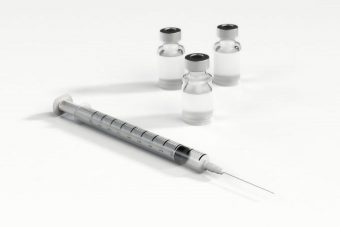
Researchers have found that plants react to anesthesia the same way that humans and animals do. This could allow plants to be used in place of animals for anesthetic drug testing.
First used as an alternative to crude methods like alcohol in the 19th century, anesthetics have become a critical part of medical systems around the world. Currently, anesthetics are tested on animals, which is ethically questionable and can produce ineffective results. But one new study could forever change how we test these drugs. Researchers recently found that plants respond to anesthetics the same way to that humans and animals do.
This research explored these effects in Mimosa leaves, pea tendrils, Venus flytraps, and sundew traps. When Venus flytraps were exposed to anesthetics, they stopped generating electrical signals; even when trigger hairs were touched, their traps stayed open. Similarly, pea tendrils were stuck into a spiraled shape upon exposure, and they completely stopped all autonomous movement. In all of these plant species, the anesthetic caused the plant to lose both autonomous and touch-based movement.
This study has furthered our understanding of how exactly anesthetic affects living organisms and their functionality. Practically speaking, this could push scientists to test anesthetics in plants over animal models. This could be more cost-effective, easier to control, and more easily accessible.
To observe and measure the effects of anesthesia in the plants tested, researchers used three main tools: a single-lens reflex camera to capture plant organ movement throughout the anesthetic progression, confocal microscopy to analyze the movement of materials between cells, and a surface silver chloride electrode to record electrical signals. The results have been published in Annals of Botany.
This could make a huge difference in our understanding of anesthesia and testing methods going forward. While animal models have traditionally been seen as reliable and satisfactory for testing, there is a growing body of research which shows the glaring flaws in these experiments. Aside from any moral objections that some may have to the practice, animal models range from producing ineffective and inadequate data to being dangerously misleading. This is most obvious in looking at 20th-century smoking studies that, using animal models, misled the public about the true dangers of smoking cigarettes.
This new finding is at the very least fascinating and, at the most, a possible door opening to improved testing methods. Whether other plant-based testing will become possible is yet to be determined, but this study very concretely shows the parallel effects of anesthesia in animals, humans, and plants. It is even within the realm of possibility that because of these new testing models, improved anesthetics will be developed.
Source: futurism





